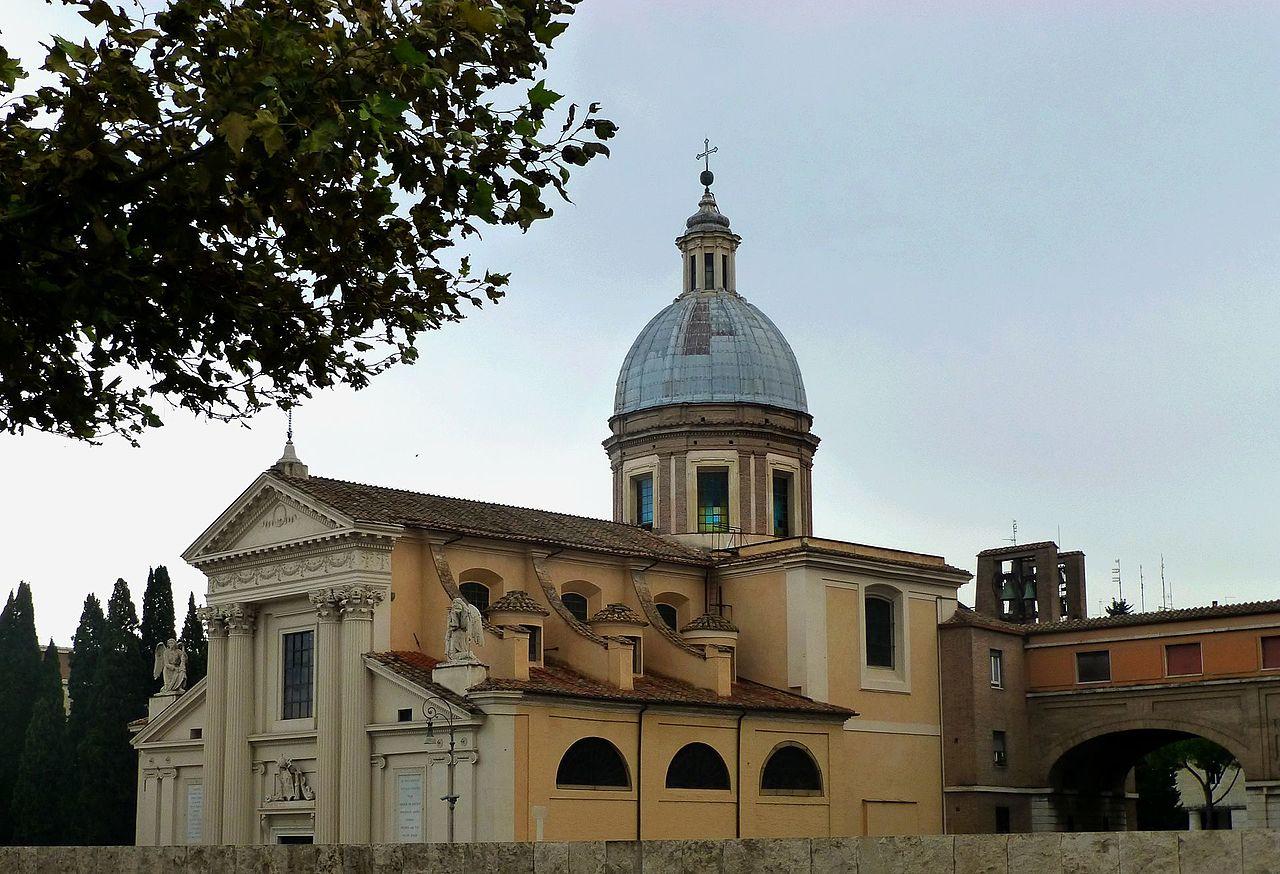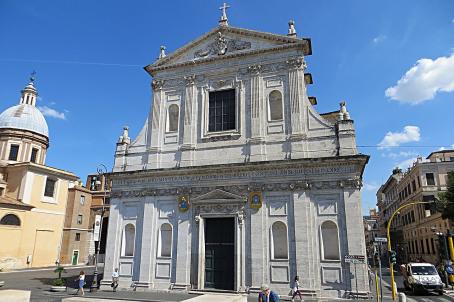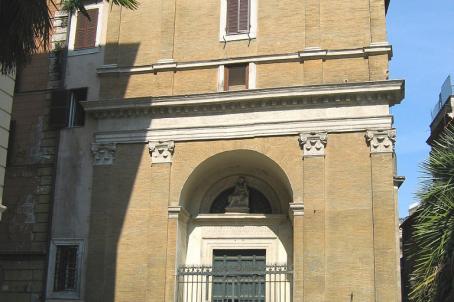Church of San Rocco

The church of San Rocco in Rome is a reconstruction of the 17th century. The sacristy, the construction of the dome, the insertion of the new chapel of the "Madonna delle Grazie", are all due to the architect Giovanni Antonio De Rossi (1616-1695). In the first half of the 18th century the chapels were embellished with marble decoration, while the façade was built in neoclassical style by the architect Giuseppe Valadier (1762-1839) in 1832.





